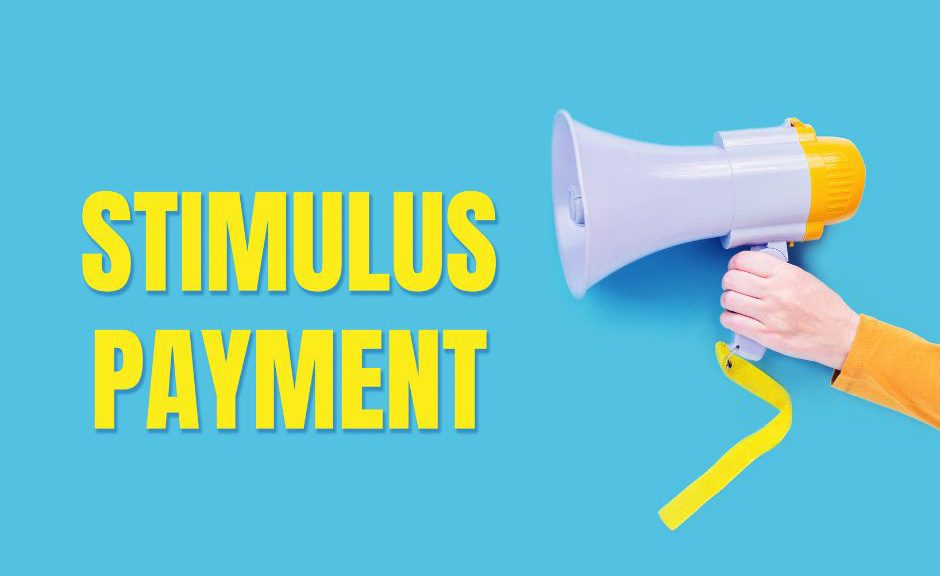Information on Coronavirus Stimulus Packages
Information on Coronavirus Stimulus Packages All of the acts, programs, loans, etc that have been released with the Coronavirus Stimulus Packages can get confusing. If you have tax clients that…
April 8th, 2024

Most tax practitioners don’t worry about tax deadlines in mid-May. Yes, there’s a deadline for Form 990, Return of Organization Exempt from Income Tax, but not all practitioners prepare those returns. May is a bit quieter as practitioners recover from the mid-April deadline for individual, C corporation, and fiduciary returns. This year, however, there is an exception.
The exception arises from the 2021 automatic extension of the deadline for filing 2020 individual tax returns. The deadline was pushed back from April 15 that year to May 17, as the IRS wanted to assist taxpayers “navigate the unusual circumstances of the pandemic,” as then Commissioner Rettig put it. Because of this extension, the three-year statute of limitations associated with unextended 2020 returns expires on Friday, May 17, 2024.
The year 2020 now seems like a while ago, so some background information is in order. Not only did our friends in Washington, D.C., want us to have another month to file tax returns that year, but they also sent money to citizens across the country in the form of the first, second, and third Economic Impact Payments, more commonly called stimulus payments. Most taxpayers received them as checks or electronic payments directly into bank accounts that had been identified on previous tax returns. These payments were the first kind of economic stimulus.
These stimulus payments were sent directly to eligible individuals and intended to provide immediate financial relief due to the economic impact of the COVID-19 pandemic. The checks and bank deposits were advance credits against the individual’s 2020 income tax liability. The federal government sent two economic impact payments during 2020; a third arrived at taxpayers’ mailboxes or bank accounts in early 2021.
The second kind of stimulus payment, the Recovery Rebate Credit, provided stimulus payments to individuals who did not directly receive the full amount of their Economic Impact Payments. They claimed the credit on their 2020 or 2021 tax returns instead. In summary, the Economic Impact Payment was an advance payment, while the Recovery Rebate Credit was the credit provided by the reconciliation on an individual’s tax return.
Because the Recovery Rebate Credit was tied to taxpayers’ 2020 and 2021 tax returns, the three-year statute of limitations for filing a 2020 tax return expires on May 17, 2024. If the taxpayer did not file a 2020 tax return, they have until this date to file one, even if it’s just to claim the 2020 Recovery Rebate Credit. The 2020 Form 1040, Individual Income Tax Return, even had a special place for the Recovery Rebate Credit, line 30, if a taxpayer did not receive the first and second economic impact payments to which they were entitled. The taxpayer should have received Notices 1444 and 1444-B to indicate the amount of their economic impact payments.
Looking into this credit now may benefit your new clients, particularly if they did not have a filing responsibility in 2020 or 2021. It may be helpful to download their tax account transcripts for 2020, which would indicate any economic impact payments they may have received if Notices 1444 or 1444-B aren’t available. If the taxpayer did file a 2020 or 2021 tax return, obtaining their tax return transcripts would be a useful tool for determining if they claimed the Recovery Rebate Credit if a copy of the 2020 tax return is not readily available. Enrolled tax practitioners, including enrolled agents, CPAs, and attorneys, can request these transcripts, provided a Form 8821, Tax Information Authorization, or Form 2848, Power of Attorney and Declaration of Representative, is available.
Just two weeks ago in IR-2024-80, the IRS estimated that taxpayers were entitled to about $1 billion in refunds for 2020. The agency even estimated the numbers by state. For example, it believes that 36,200 Illinois individuals are eligible for an average of $956 each, totaling over $40 million collectively.
Perhaps you have some clients who may have been eligible for the 2020 stimulus payments but missed both the Economic Impact Payment and the Recovery Rebate Credit on their 2020 tax returns. Most taxpayers received their stimulus payments but perhaps you’re working with one who did not. You may find the IRS resources listed next useful in determining whether these clients may benefit from filing either original or amended 2020 tax returns.
By John W. Richmann, EA, MBA
Tax Materials Specialist, U of I Tax School

Sources
About Form 990, Return of Organization Exempt from Income Tax (irs.gov)
Economic Impact Payments (irs.gov)
Recovery Rebate Credit (irs.gov)
Stay up-to-date!
Disclaimer: The information referenced in Tax School’s blog is accurate at the date of publication. You may contact taxschool@illinois.edu if you have more up-to-date, supported information and we will create an addendum.
University of Illinois Tax School is not responsible for any errors or omissions, or for the results obtained from the use of this information. All information in this site is provided “as is”, with no guarantee of completeness, accuracy, timeliness or of the results obtained from the use of this information. This blog and the information contained herein does not constitute tax client advice.
Join 2,200 of your colleagues and get notified each time a new post is added.